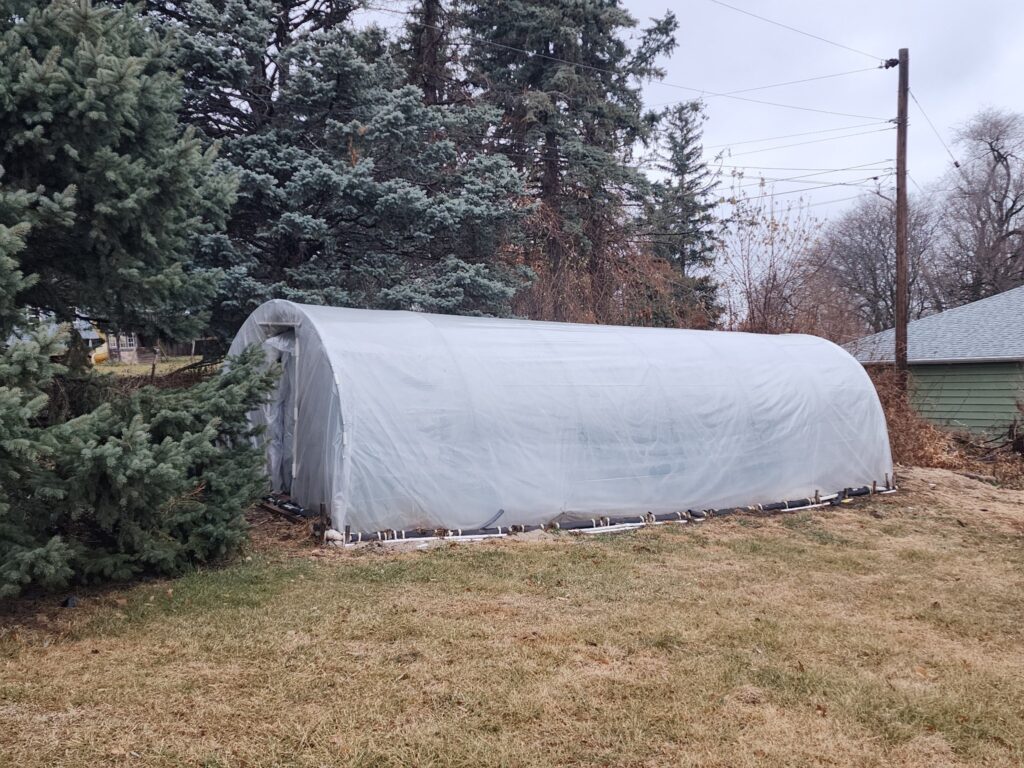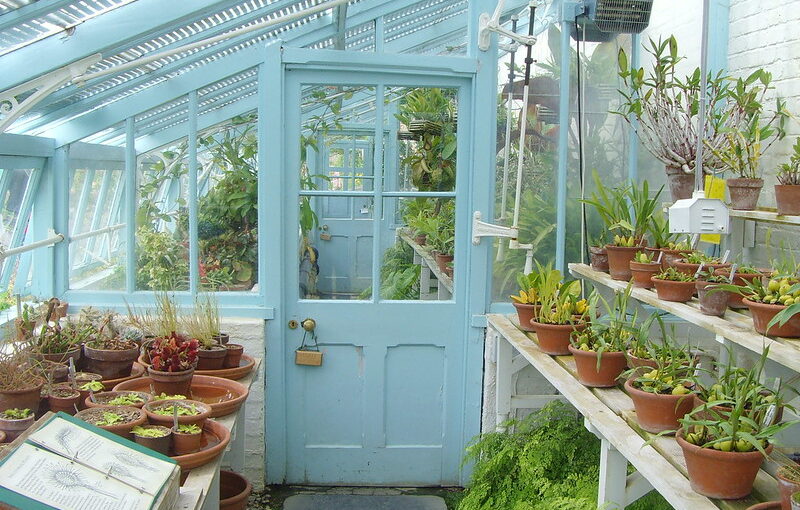Last month I dipped into some of the considerations of owning or building a home greenhouse, having just “inherited” a greenhouse with my new house. The questions and comments were numerous, so I decided to continue on discussing considerations for home greenhouse ownership and operation. There will likely be a few more articles down the line….so strap in.
This time around, I thought I’d talk about something that we hate to talk about, but is important to understand: rules and restrictions around what you can and can’t do, especially if you live in an urban area or municipality.
I know, I know. We all just wish we could do whatever we want, but when we live in close proximity to others there are usually some sort of rules we have to follow to keep the peace. I have a little better understanding of how it works, now that I helped write an urban ag ordinance with our city planning department (fingers crossed is passes city council next month!) that will “decriminalize” urban farming, including controlled environment ag structures like greenhouses. Of course, aside from what you can and can’t do there are tax implications that you should be aware of, no matter where you live (more on that in a bit).
Zoning, Ordinances, and Planning Commissions – oh my!
Most agricultural activity, which includes greenhouses, is likely regulated to some extent if you live within a municipality. Even if you don’t live in a town or city, there could be certain building codes or ordinances on county or state levels that you’ll want to check into.
You’ll want to look up your municipal code online, or call your municipal administration (like city hall, mayor’s office, planning office, etc.-whatever you have) to see if there are specific allowances or restriction for or against greenhouses. There are a few scenarios that could play out here, so you’ll want to be prepared on how to proceed. In general, you might find that greenhouses are:
- Permitted, but only in certain zoning areas (more on that later)
- Permitted, but requiring a permit of some sorts
- Restricted altogether
- Not mentioned at all
If you fall in that last category, then anything you do will exist in a gray area, where it isn’t strictly legal or illegal but the fate of your greenhouse (or any fines you might incur) would be up to interpretation by whoever is in charge of compliance (and what side of the bed they woke up on that day). And your greenhouse could be made legal or illegal at any time in the future if some sort of ordinance or decision is made. In the case of our new ordinance here in Omaha, greenhouses and structures like high tunnels will be allowed, but only in certain zoning areas. People who already have structures (and have for years) will now find that those structures are either allowed or banned (or will require a permit). Of course, enforcement of issues like this are often complaint-based, meaning that the municipality probably isn’t driving around looking for your greenhouse but if you and your neighbor aren’t on good terms they can call and turn you in.
As for zoning, there are several different categories and sub categories. The ones you’re most likely to encounter are residential, commercial, industrial, and agricultural (there are others as well). And then there are usually numeric (or named) sub-zones within those zones denoting the density or intensity of use on those zones.
For example R-1 (Residential 1), might be for a single-family dwelling whereas R-3 would be for a small apartment building. C-1 (Commercial-1) might be for a single-use building like a stand-alone fast-food restaurant and C-8 might be for a skyscraper office headquarters. Municipalities use these codes to denote what is and what is not allowed in certain places. For example, the code we worked on for Omaha allows certain types of farming on all residential zones with a conditional use permit and on commercial zones without a permit. (Home gardens and even community gardens are not considered farms and are allowed on all residential zones without a permit.) Many municipalities may also have agricultural zoning on properties around the periphery but still within the city/town limits. On lots like this, most agricultural practices are allowed.
/cdn.vox-cdn.com/uploads/chorus_image/image/58423213/Screen_Shot_2017_12_14_at_4.58.18_PM.0.png)
Since a greenhouse is a structure, there may or may not be a requirement for a permit for the structure, even if it is allowed. This could be dependent on a number of factors, including whether it is considered a permanent or temporary structure, whether there are utilities going to it (which is usually the case for a greenhouse), or even how the structure is constructed. In some areas, it comes down to how pretty or ugly the city and your neighbors think the structure might be. In discussions for our ordinance, there was talk of not requiring a permit for a greenhouse but requiring permits for structures like high tunnels/hoophouses because there’s an (incorrect) assumption that greenhouses are prettier than high tunnels. But many people make greenhouses out of those structures (the greenhouse I inherited is just a high tunnel with a space heater). There was also an assumption that a greenhouse wouldn’t have loud, flapping plastic but a greenhouse would (I kid you not).
The tax man cometh….for your permanent agricultural structure.
One other thing you’ll want to consider about a greenhouse has to do with the tax bill. Since greenhouses are considered permanent structures, many places consider them a permanent improvement to your property and will add them to the tax bill like they might do an out building or garage. The municipality will definitely know about it if you have to apply for a permit or if you get a visit from the assessor. But this could also be dependent on how your structure is built. If you build a solid sided greenhouse (one of the nice looking ones) with a concrete slab floor, permanent utilities, etc then it will definitely considered permanent. But if your structure is more like a high tunnel/hoophouse like mine (a high tunnel in a trench coat pretending to be a greenhouse) then it could be considered a temporary structure and not taxable.

High tunnels are considered temporary since you could really take them down at a moment’s notice (and some planning department officials think this means that you take them down and put them up each season, despite how much an extension educator tries to convince them otherwise….but I digress). So your mileage may vary depending on your local rules and how your structure is constructed.
So what home greenhouse topic should we cover next? I’m sure there’s plenty of questions out there – be sure to leave them in the comments. Also – would you like to have your greenhouse featured in a future article (this means I don’t have enough home greenhouse pictures)- feel free to send them to me at john dot porter at unl.edu.

Nice summary. Even if you wade past all the planning/review/permit local governments requirements, there may be one more to deal with; if you live in an HOA. Some of them have rules about the height permitted, distance from lot lines, proximity to house, etc. I ran into that when I wanted to build a simple gardening shed in my back yard. The rules!!! LOL!